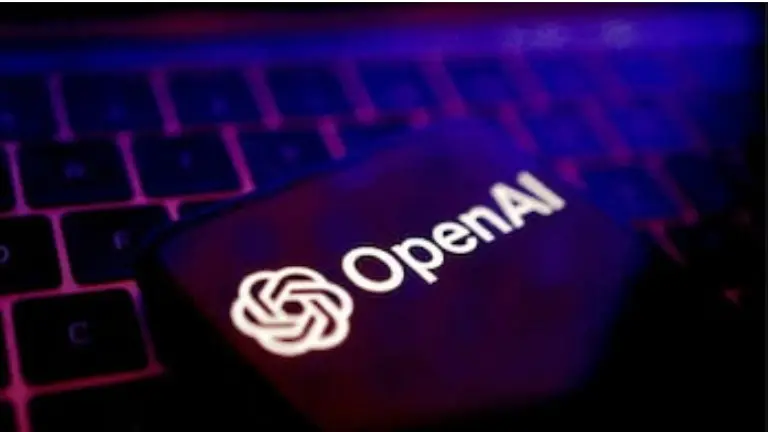When you think of Apple, you think of sleek design, ecosystem control, and products that redefine entire industries. OpenAI seems to be following a very similar path—just in the world of artificial intelligence.
Over the past year, OpenAI has evolved from being an AI research lab to a full-fledged product company. Its recent launches—like ChatGPT with GPT-5, ChatGPT Voice, and a growing set of developer APIs—show how it’s building a vertically integrated ecosystem that feels strikingly familiar to Apple’s strategy.
Closed Ecosystem, Seamless Experience
Apple’s strength lies in how its products work perfectly together—Macs, iPhones, iPads, and Apple Watches form a unified experience.
Similarly, OpenAI’s approach to AI tools has been tightly integrated. ChatGPT, DALL·E, and Whisper aren’t separate experiments anymore—they’re part of a connected system that users can access with one account and one subscription.
Even the ChatGPT app’s interface now feels Apple-like—clean, minimal, and focused on user experience over technical complexity.
Hardware Dreams: AI Meets Silicon
Rumors are swirling that OpenAI is exploring custom AI hardware, possibly in partnership with former Apple designer Jony Ive.
If true, this would mark a major step toward creating a “personal AI device”—just like Apple created the iPhone as the center of digital life.
A custom AI device could merge natural conversation, real-time assistance, and personalization—making OpenAI not just a software powerhouse, but a hardware innovator too.
Brand Trust and Consumer Familiarity
OpenAI, like Apple, has become a brand consumers trust.
People no longer say, “I used an AI chatbot.” They say, “I used ChatGPT.”
That kind of brand recall is something even Google struggled to achieve in the consumer AI space. OpenAI’s mix of transparency, reliability, and simplicity has built an emotional connection with users—an Apple trademark move.
Subscription-Based Ecosystem
Apple’s “services” business—iCloud, Apple Music, and TV+—is a massive success.
OpenAI’s ChatGPT Plus plan follows the same playbook: offering premium, high-speed AI access at a fixed monthly cost. The result? A steady stream of revenue and customer loyalty.
This signals a shift from “AI as a tool” to AI as a lifestyle service, where users subscribe for continuous improvements rather than one-time features.
Design Philosophy Over Raw Tech
While rivals like Anthropic and Google emphasize model size and benchmarks, OpenAI focuses on how AI feels to use.
Its goal is to make AI approachable, not intimidating—a hallmark of Apple’s design-first philosophy.
From the conversational flow of GPT-5 to the emotionally intelligent voice tone in ChatGPT Voice, OpenAI is crafting experiences that feel more human than mechanical.
The Bigger Picture
If Apple redefined personal computing in the 2000s, OpenAI might be redefining personal intelligence in the 2020s.
With control over design, distribution, and user experience, OpenAI is not just competing in the AI race—it’s shaping the future of how people will interact with machines.
It’s not hard to imagine a future where saying “OpenAI” carries the same emotional weight as saying “Apple.”
